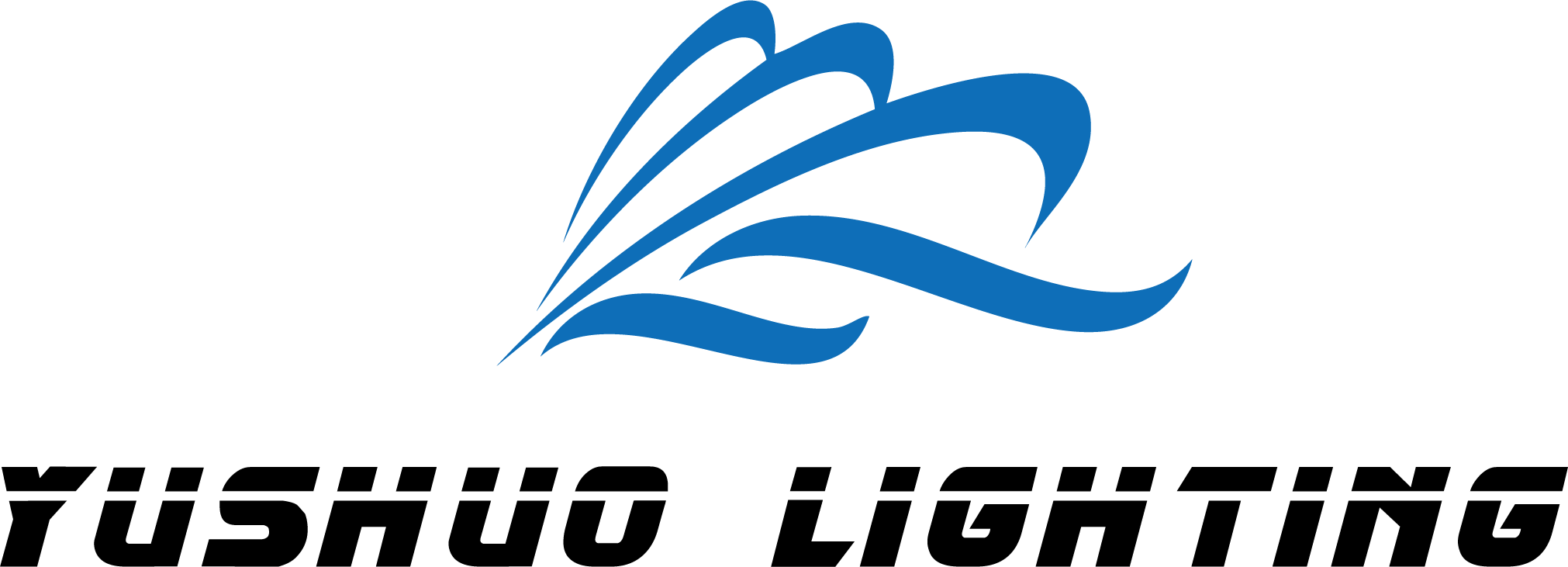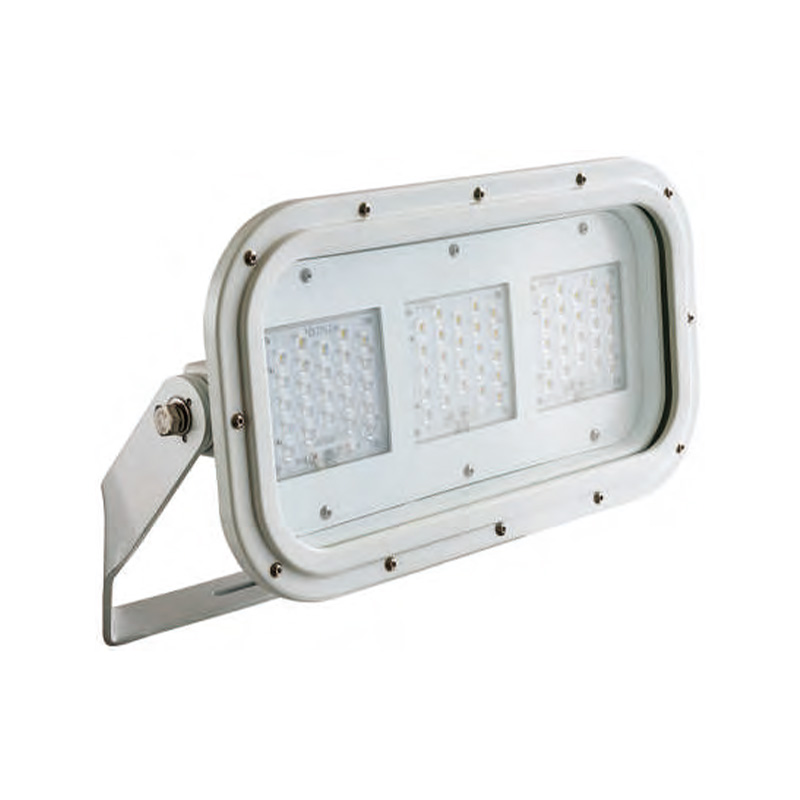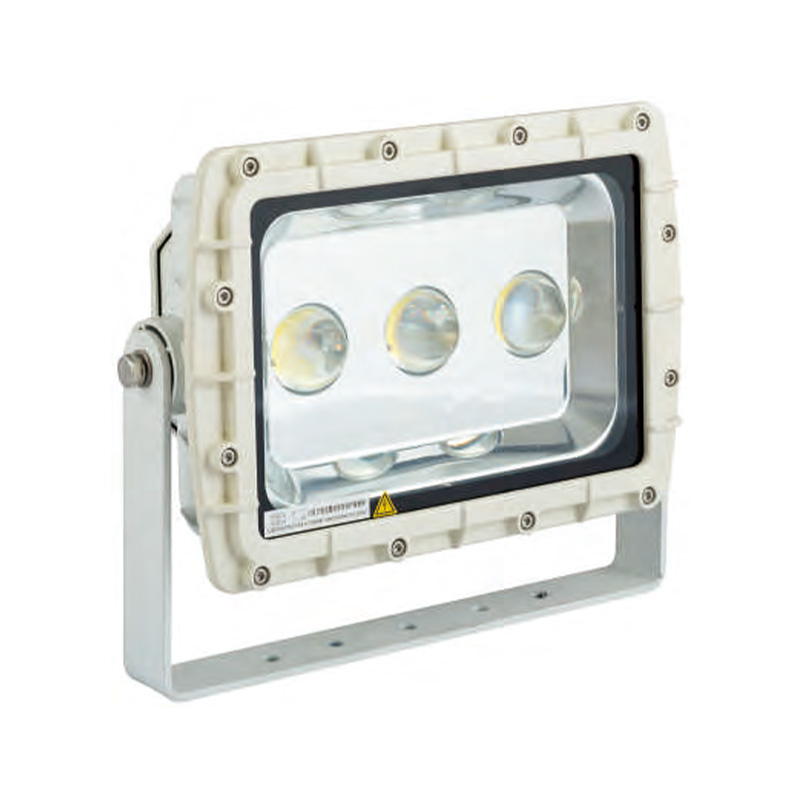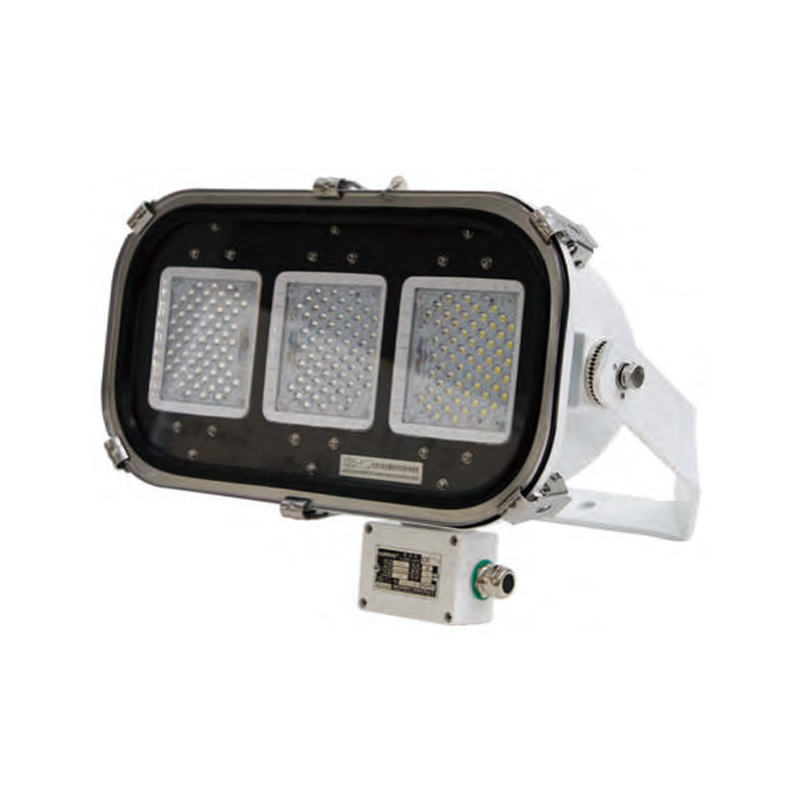How to Customize Marine Spotlights for Different Vessel Types
Whether navigating through narrow channels, conducting night operations, or managing cargo in low-light conditions, vessels rely on effective spotlight systems. However, not all marine spotlights are created equal and each type of vessel has unique requirements that demand a tailored approach. Customizing marine spotlights according to vessel specifications helps achieve optimal performance while enhancing the overall functionality of the lighting system.
Table of Contents
Understanding the Need for Customizing Marine Spotlights
Different vessels operate in varying environments and serve diverse purposes, which makes a one-size-fits-all solution impractical. A spotlight that suits a small leisure yacht may not provide the coverage or durability required by a military patrol boat. Similarly, commercial fishing vessels require high-intensity lighting for deck work and surrounding visibility, especially during nighttime operations. Customization allows spotlight systems to be specifically designed to meet the operational needs, physical constraints, and safety regulations of the vessel they are installed on.

Key Factors to Consider When Customizing Marine Spotlights
| Factor | Description | Importance for Customization |
| Vessel Type | Fishing, yacht, military, cargo, SAR, etc. | Determines lighting intensity, beam type, durability, and design aesthetics. |
| Beam Type & Angle | Narrow, wide, adjustable beam shapes. | Influences range, spread, and coverage for specific operations. |
| Light Source (LED/Halogen/etc.) | LED spotlight is energy-efficient and durable; halogen offers high intensity but shorter lifespan. | Impacts energy consumption, maintenance needs, and brightness. |
| Control System | Manual, remote control, joystick, integration with bridge systems. | Enhances ease of use and responsiveness, especially in dynamic environments. |
| Durability & Material | Corrosion-resistant metals, waterproof ratings (e.g., IP67+), shock resistance. | Ensures longevity in harsh marine conditions like saltwater and vibration. |
| Power Supply Compatibility | AC/DC voltage, compatibility with onboard systems. | Prevents overload and ensures seamless integration with vessel’s power grid. |
| Mounting Options | Fixed, swivel, pedestal, rail-mounted. | Affects light positioning, maintenance accessibility, and coverage flexibility. |
| Additional Features | IR mode, strobe, thermal imaging, auto-tracking. | Supports specific missions such as SAR, military, or stealth operations. |
| Regulatory Compliance | Meets IMO, SOLAS, and national marine safety standards. | Ensures legal operation and safety certification. |
| Aesthetic & Design Fit | Color, shape, and housing style to match vessel appearance. | Important for yachts and leisure crafts prioritizing design harmony. |
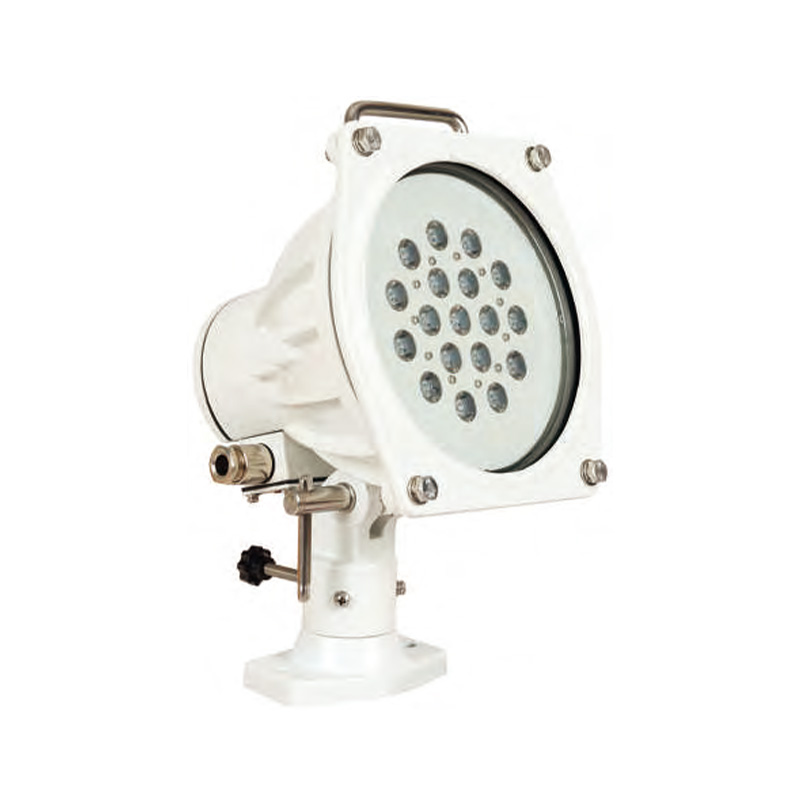
Tailoring Marine Spotlights for Different Vessel Types
1. Fishing Vessels
Fishing boats often operate through the night and in harsh marine conditions, making powerful and reliable spotlights essential. These vessels require wide-beam illumination to light up the deck and surrounding waters during net handling or fish processing. Spotlights for fishing vessels must also be resistant to saltwater corrosion and capable of withstanding constant exposure to moisture and motion. Adjustable mounting systems and elevated light positioning are often employed to maximize coverage.
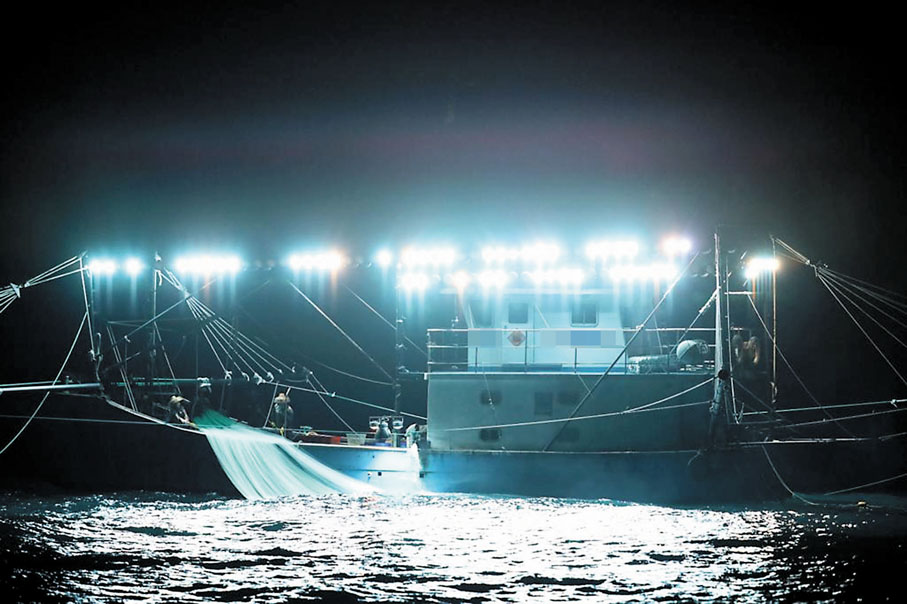
2. Yachts and Leisure Boats
For yachts and leisure craft, spotlights must complement the vessel’s design while providing functional lighting for docking and coastal navigation. Compact, stylish LED spotlights are popular for their energy efficiency and modern appearance. Remote control capabilities, silent motors, and adjustable beam focus enhance user experience. Integration with onboard digital systems is often prioritized to provide seamless control through multifunction displays or mobile devices.
3. Cargo and Commercial Ships
Cargo ships and tankers rely on long-range marine spotlights for safe navigation, especially when entering ports or maneuvering in congested waters at night. These vessels require robust lighting systems that offer high lumen output and long-distance beam projection. Reliability and low maintenance are key, so spotlight housings must be rugged, weather-resistant, and capable of continuous operation. Some systems may include backup lighting and redundancy for enhanced safety.
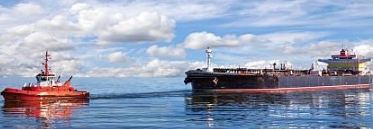
4. Search and Rescue Vessels
Search and rescue boats demand high-performance spotlights that provide long-range visibility with pinpoint accuracy. These vessels often operate in high-risk, low-visibility environments where quick response is critical. Spotlights for SAR use may feature pan-and-tilt control, strobe modes, and infrared capability for compatibility with night vision systems. The ability to rapidly adjust beam direction and intensity from the bridge is vital for locating individuals or obstacles in distress.
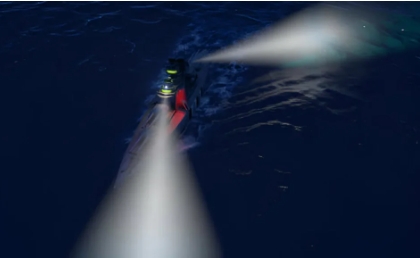
5. Military and Patrol Boats
Spotlights on naval or law enforcement vessels must support tactical operations. Infrared (IR) and low-light-compatible lighting help maintain stealth during sensitive missions. Durable, shock-resistant construction and secure mounting systems are necessary to endure high-speed maneuvers and rough seas. These spotlights are often integrated with radar or surveillance systems and offer remote operation with rapid directional changes.

6. Passenger Ferries
Passenger ferries require spotlights that comply with safety and navigation standards while providing dependable lighting during embarkation, docking, and emergency situations. These systems often include floodlights for deck areas and directional spotlights for the helm. Visibility and ease of use are key priorities, with many ferries favoring LED technology for energy efficiency and longevity.
Emerging Trends in Custom Marine Spotlights
Custom marine spotlights are experiencing rapid innovation to meet the growing demands of safety, energy efficiency and automation at sea. Whether used for navigation, search and rescue, docking, or onboard operations, marine spotlights are no longer simple illumination devices and they are becoming smart, adaptable, and integral components of a vessel’s operation.
- Smart Integration with Navigation and Control Systems
One of the most significant developments in marine spotlight technology is the integration with vessel navigation and control systems. Modern spotlights can now be controlled via touchscreen displays on the bridge or even through mobile devices, allowing operators to adjust beam direction, intensity, and focus remotely. These systems can be synchronized with radar, GPS, and night vision for enhanced situational awareness and precision lighting during complex maneuvers or emergency operations.
- LED Dominance and Advanced Optics
LED technology has revolutionized marine lighting, and it’s now the standard in custom spotlight design. LEDs offer a combination of high brightness, low power consumption, and long operational life, making them ideal for marine use. Coupled with precision-engineered reflectors and lenses, advanced LED marine spotlights provide highly focused or wide-beam outputs depending on the application. Some models feature variable beam adjustment, giving crews greater control over the lighting environment.

- Modular and Customizable Designs
To meet the specific requirements of different vessels, manufacturers are increasingly offering modular spotlight designs. These systems allow for the selection of individual components—such as mounting style, beam angle, housing material, and control interface—to be tailored to the vessel’s function and structure. This approach also simplifies upgrades and maintenance, as components can be replaced or enhanced without changing the entire system.
- Durability and Environmental Adaptation
Spotlights are being built to withstand increasingly harsh marine environments. The use of corrosion-resistant materials like anodized aluminum and marine-grade stainless steel has become standard. Additionally, emerging models feature higher waterproof ratings (IP67 and above), anti-fog lens coatings, and internal temperature regulation systems to prevent overheating or condensation. These improvements ensure spotlight longevity and consistent performance in all weather conditions.
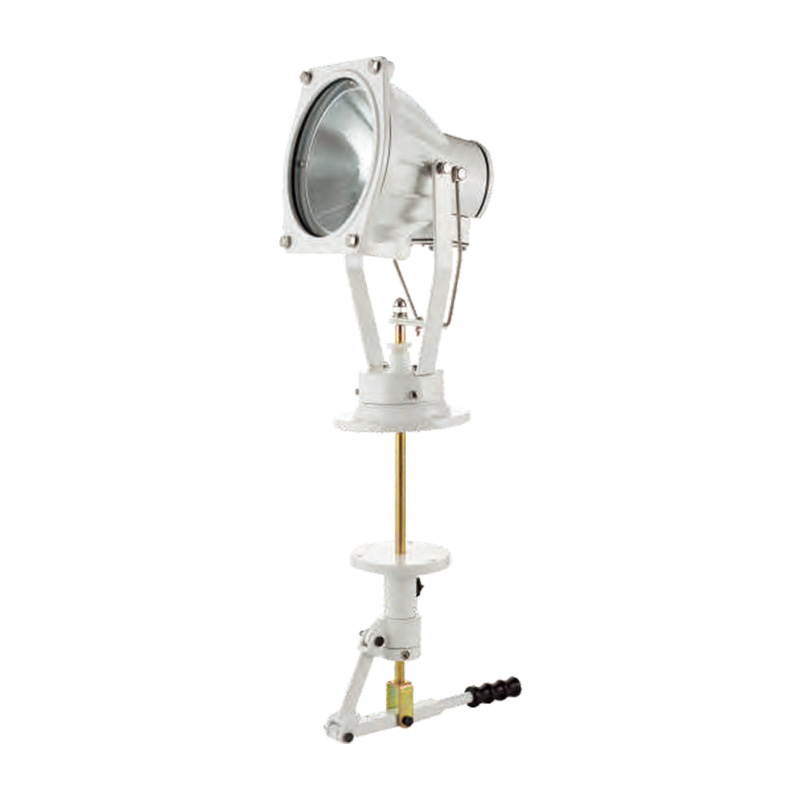
- Infrared and Multi-Spectrum Capabilities
For military, security, and search-and-rescue vessels, the ability to operate discreetly or detect heat signatures is vital. As a result, spotlights with infrared (IR) and thermal imaging capabilities are becoming more common. These multi-spectrum systems can switch between visible light and infrared modes or work in conjunction with night vision systems, offering superior visibility in complete darkness or low-light conditions.
- AI-Powered Automation and Target Tracking
Some of the most cutting-edge spotlights now incorporate AI-powered automation, enabling features like automatic object tracking and beam stabilization. These systems can follow a moving object, maintain a consistent spotlight beam on a drifting vessel, or dynamically adjust based on sea conditions. This technology is particularly useful for rescue missions, anti-piracy operations, and autonomous vessels where continuous manual operation isn’t feasible.
- Eco-Friendly and Energy-Efficient Solutions
As sustainability becomes a growing concern across the maritime industry, spotlight manufacturers are focusing on reducing environmental impact. Energy-efficient LED marine spot light, recyclable materials, and reduced electromagnetic interference are just a few of the environmentally conscious features being introduced. Additionally, some systems are designed to work seamlessly with solar-powered or hybrid marine energy systems, contributing to greener vessel operations.
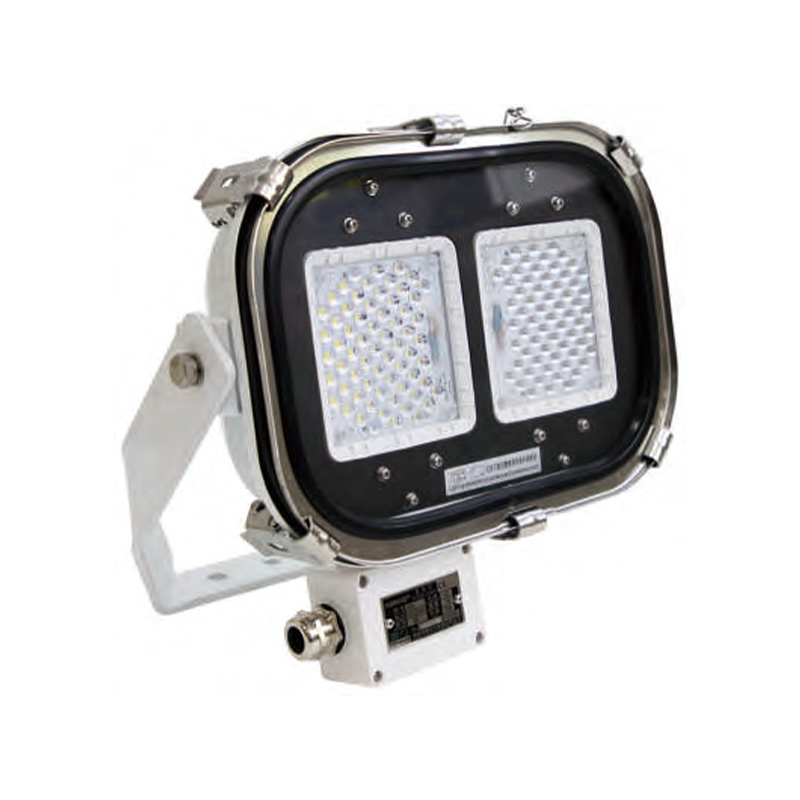
Final Thoughts
Customizing marine spotlights ensures that each vessel, regardless of its size or function, has lighting solutions tailored to enhance performance and safety. As maritime operations grow more sophisticated, spotlight manufacturers are expected to deliver even more specialized and intelligent lighting systems.
